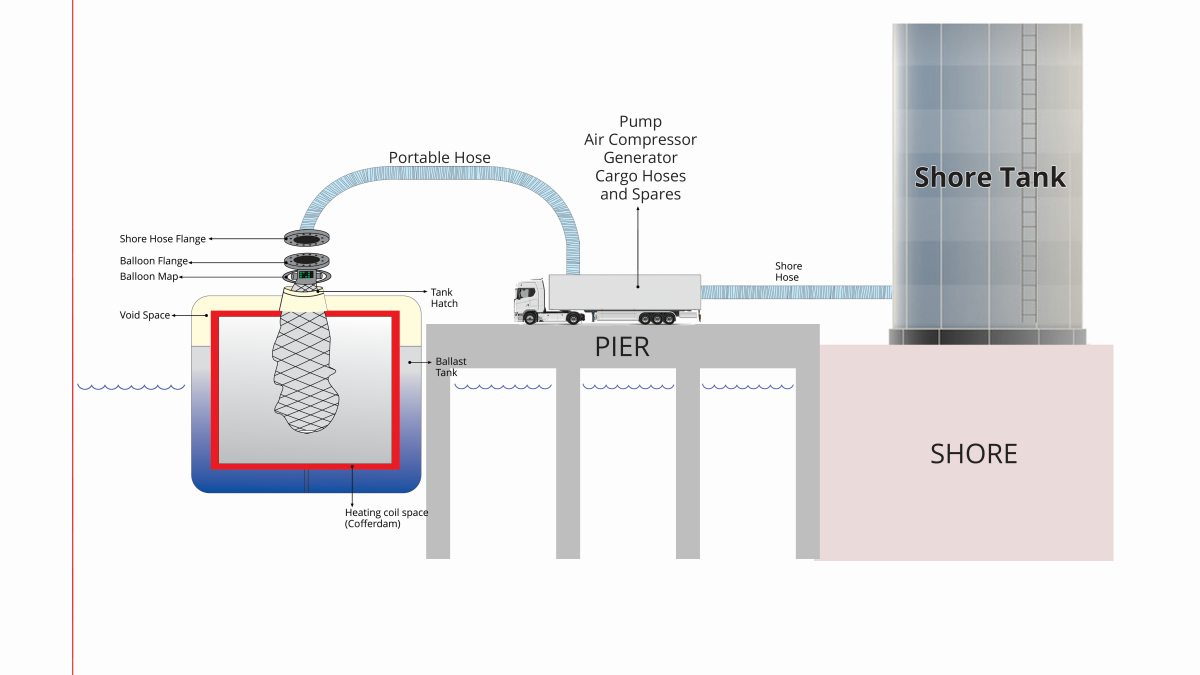Business Sectors
Events
Contents
Taking an active approach to laytime and demurrage
In the first in a six-part series, Mark Ledger, manager at law firm Clyde & Co, examines what is exactly meant by demurrage and laytime
In the first in a six-part series, Mark Ledger, manager at law firm Clyde & Co, examines what is exactly meant by demurrage and laytime
In simple terms, laytime can be considered as the time available under a voyage charter for the charterer to carry out the cargo and associated operations such as waiting for a berth, loading and discharging cargo. It should be noted that owners are not entitled, merely because the laytime has expired and the charterparty is not completed, to treat the charterparty as at an end and withdraw the ship.
The amount of laytime agreed will be a factor in determining the freight rate which owners are willing to accept. The tanker market almost universally adopts 72, 84 or 96 hours, Sundays and holidays included (SHINC), as the laytime allowance. If laytime is exceeded, the charterer pays liquidated damages or ‘demurrage’.
The Voylarules 1993 define demurrage as “…an agreed amount payable to the owner in respect of delay to the vessel beyond the laytime, for which the owner is not responsible. Demurrage shall not be subject to laytime exceptions.”
Under this definition ‘demurrage’ means the sum of money payable for the time in excess of the allowed laytime. However, the term is also often used to describe the period during which such money is payable. If the time taken to load and discharge is less than the laytime, then owners may agree to pay a bonus incentive to the charterers, called ‘despatch’.
The Voylarules 1993 define despatch as “…an agreed amount payable by the owner if the vessel completes loading or discharging before the laytime has expired.” Generally, in the tanker market, if the full laytime is not utilised the owner does not pay despatch. This is one of the major differences between the dry cargo and tanker sectors.
To calculate the used laytime, it is necessary to consider the relevant charterparty clauses which cover commencement, end and interruptions to laytime. Key provisions to note include the agreed period of laytime; interruptions to laytime/demurrage; end of laytime; the agreed demurrage rate; and the calculation of laytime used.
Each of these stages will be considered in subsequent articles in this series.
Ideally, charterparty clauses should be clear and concise. However, this is not always the case, with the result that there is often a dispute where parties reach different interpretations of the relevant contractual provisions.
In addition to the charterparty clauses concerned with laytime, the statement of facts (SOF) is a key document which is prepared and issued by the master and ship’s agent upon completion of the vessel’s call at the loading or discharging port. The SOF will include important information including dates and times of tendering notice of readiness, commencement and completion of cargo operations, details of pumping rates and delays, together with reasons for such delay. This information will be required to calculate the used laytime and in turn work out if any demurrage is due.
All parties concerned with the loading or discharging operations should sign the SOF, including the representative of the charterer and supplier or receiver. There is normally no objection from anyone to signing the SOF as any problems which arise normally relate to interpretation of the facts which are presented.
If one party feels unable to agree with a particular comment in the SOF it is best for them to sign ‘under protest’ and draw attention to the objection, providing a reason for such disagreement. Some ports or terminals may only provide a port log or terminal log, which will list events in chronological order.
Using the SOF in conjunction with the charterparty clauses, a demurrage calculation can be prepared which will show how much laytime has been used and whether there is any demurrage due.
Owners will receive all the documentation (including letters of protest) and will normally forward a copy of these documents on to charterers once a vessel has finished its operations. At the end of the voyage, an owner will use this documentation to prepare its demurrage claim, which will be presented to the charterer for review.
Preparing the claim promptly is an important factor, given that in many charterparties such claims must be submitted by an owner normally within 90 days of the completion of discharge at the end of the voyage.
The reason for this is that charterers may find themselves in the middle of a chain of contracts between owners, suppliers and receivers. Under these contracts there will inevitably be a time within which the charterer can seek recompense for excess time in port and he is therefore reliant upon an owner to collate the facts and present them as a demurrage claim.
The charterer’s position can therefore be complex, given that he may have three different sets of laytime to consider: the owner; supplier; and receiver. The exact relationship with each party depends to some extent on whether the cargo is sold cost, insurance and freight, dispatch or free on board. TST
Related to this Story
Events
Maritime Environmental Protection Webinar Week
Cyber & Vessel Security Webinar Week
The illusion of safety: what we're getting wrong about crews, tech, and fatigue
Responsible Ship Recycling Forum 2025
© 2024 Riviera Maritime Media Ltd.













